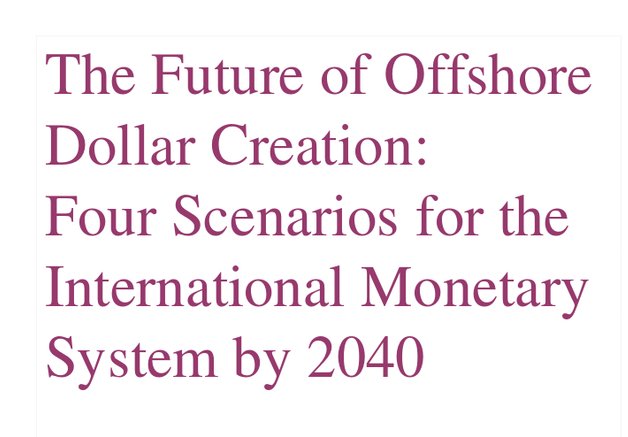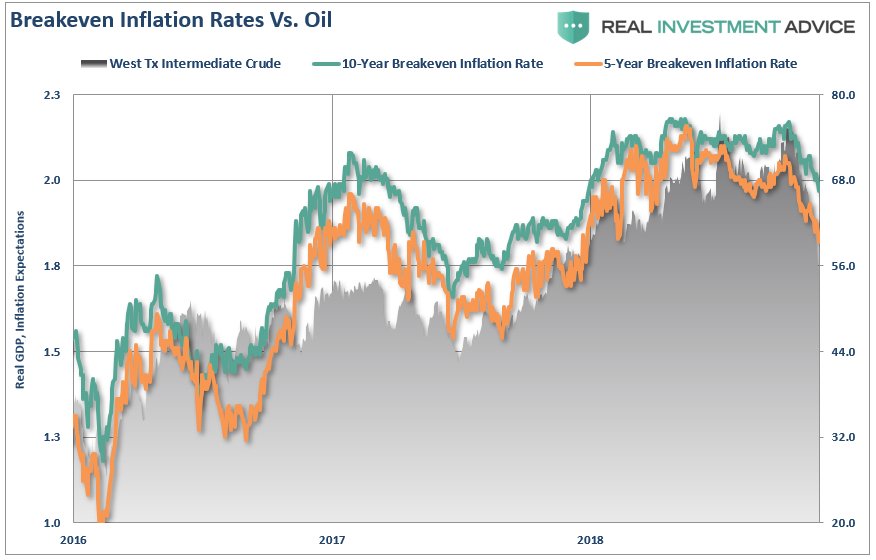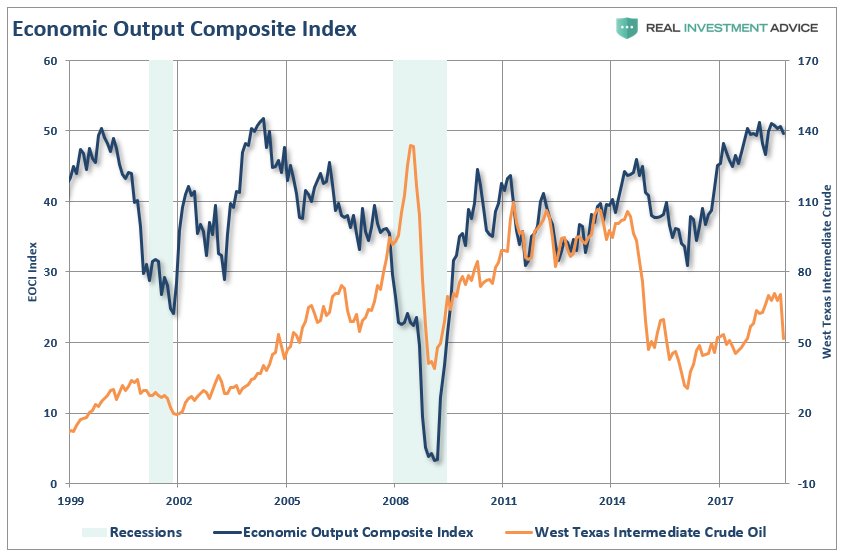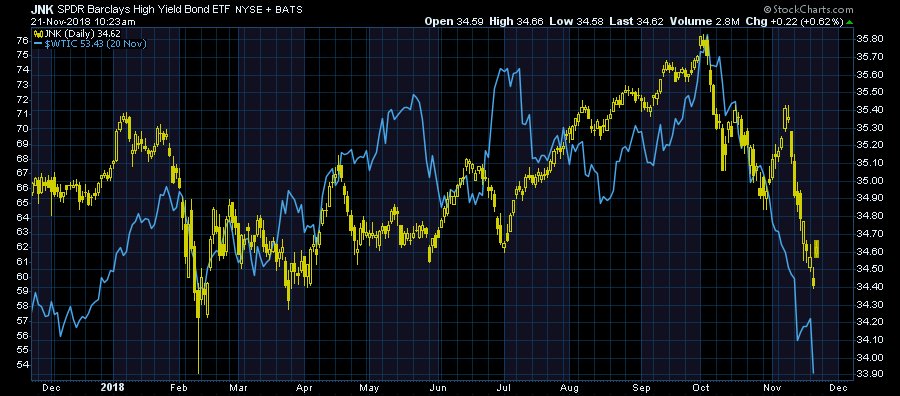Let's do this. (Thread 1 of 2!)
qz.com/983460/obor-an…
bloomberg.com/news/articles/…
news.cgtn.com/news/3d45444f3…
their holdings of US dollars and increasing their holdings of yuan.
bloomberg.com/news/articles/…
qz.com/africa/1291372…
traders and banks, as an apparent dollar alternative.
qz.com/africa/1346766…
Recall that in December of 2017, after several false starts, Chinese regulators announced that crude oil futures contracts would be
launching in Spring of 2018.
reuters.com/article/china-…
To understand what a petroyuan would look like, we first need to understand what a petrodollar is.
(Forcing people to use your currency at gunpoint really only works domestically).
(Stay tuned for the second part of this thread, I've hit the limit on # of tweets allowed 😯)












